 by "ttyymmnn" (ttyymmnn)
by "ttyymmnn" (ttyymmnn)
Published 12/06/2017 at 12:35
 by "ttyymmnn" (ttyymmnn)
by "ttyymmnn" (ttyymmnn)
Published 12/06/2017 at 12:35
Tags: wingspan
; Planelopnik
STARS: 9
When the United States entered World War I in 1917, American aircraft development seriously lagged behind that of her European allies, and most American pilots who fought overseas flew French- or British-built machines. Lieutenant
David Ingalls
, the US Navy’s first (and only) fighter ace of WWI, scored his six victories while flying a Sopwith Camel. But American industry soon geared up to close the technology gap with Europe, and the first American-built fighter to serve the US Navy started out as a surprisingly good trainer.
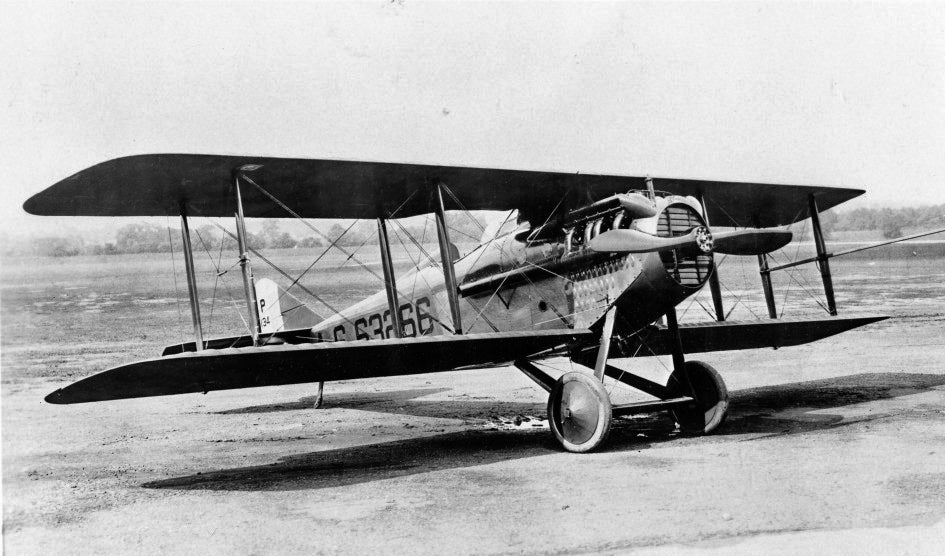
The Lewis & Vought Company, founded in 1917 to support the American war effort, had little to go on with their new aircraft, so they used European designs as a model. Though the VE-7 was four feet longer to accommodate a second cockpit, its lines resembled those of the SPAD.XIII , and Vought chose the same Hispano-Suiza 8 V8 engine that was used in a host of European fighters. But the surprise came in the VE-7's performance, which was comparable to the latest European designs, and the aircraft that had been developed as a trainer was clearly capable of serving as a fighter. The Army was so impressed that they ordered 1,000 copies of an improved VE-8, but that order was canceled with the end of the war. The Navy, however, was sold, and placed an order for 128 aircraft.
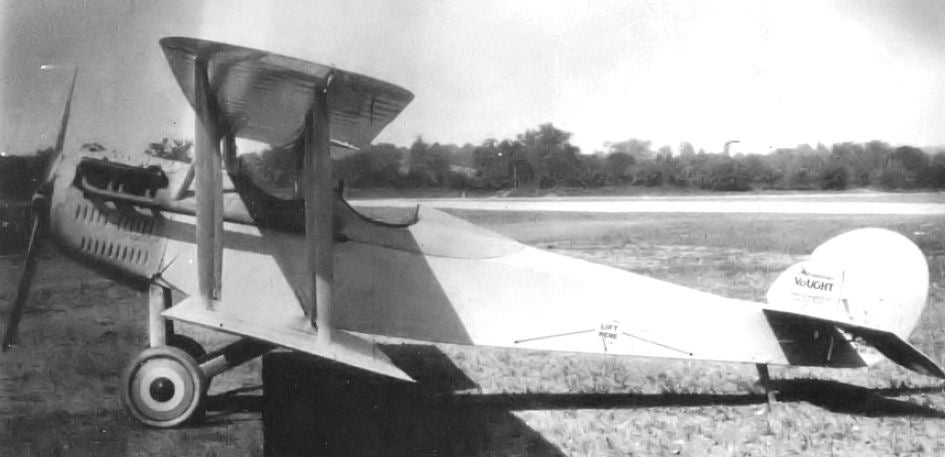
To convert the trainer to a fighter, the VE-7's forward seat was faired over and a single synchronized Vickers .30 caliber machine gun was mounted on the left side of the engine cowling to create the VE-7SF fighter. While the Wright-built Hispano engine produced 180 horsepower and carried the VE-7 trainer to a top speed of 106 mph, the VE-7SF, topped out at 121 mph with a service ceiling of 15,000 feet. Inflatable bags were also added in the event of an emergency landing on the water, and some original VE-7s were equipped with floats.
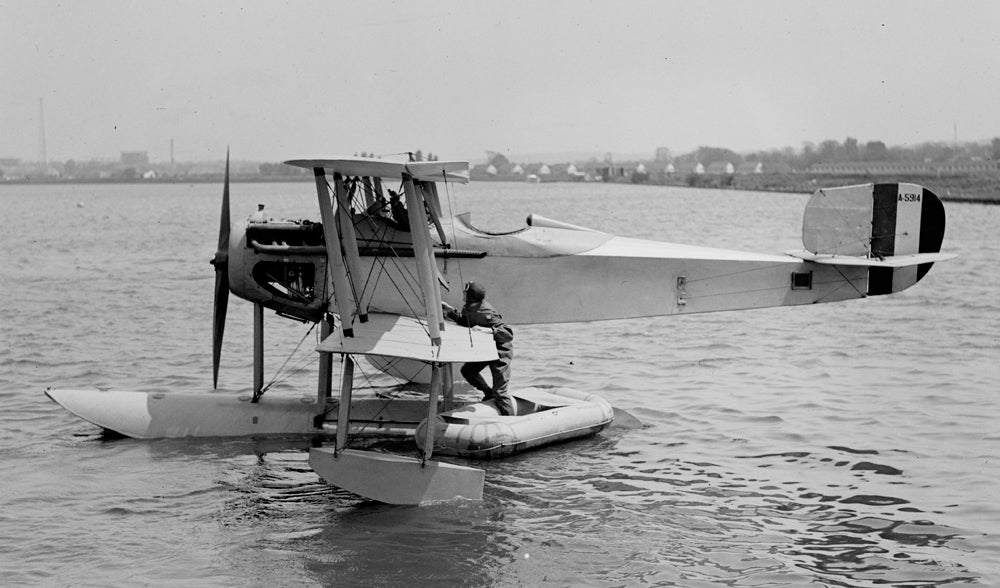
The Navy received the first VE-7s in 1920, and they equipped the Navy’s first two fighter squadrons, VF-1 and VF-2 (VF-2 remains active today). On October 17, 1922, Lieutenant Commander Virgil C. “Squash” Griffin piloted a VE-7 from the deck of the USS Langley (CV-1) , America’s first aircraft carrier. Thought not the first time a plane had been flown off of a ship, the historic flight marked the official entry of the United States into carrier warfare, and signaled the beginning of the ascendance of the carrier over the battleship as the primary weapon of naval warfare. With the VE-7, the United States demonstrated that it was capable of creating fighter aircraft that were every bit the match of those built in Europe, and the VE-7 served as the Navy’s frontline fighter, and remained assigned to the Langley , until 1927.
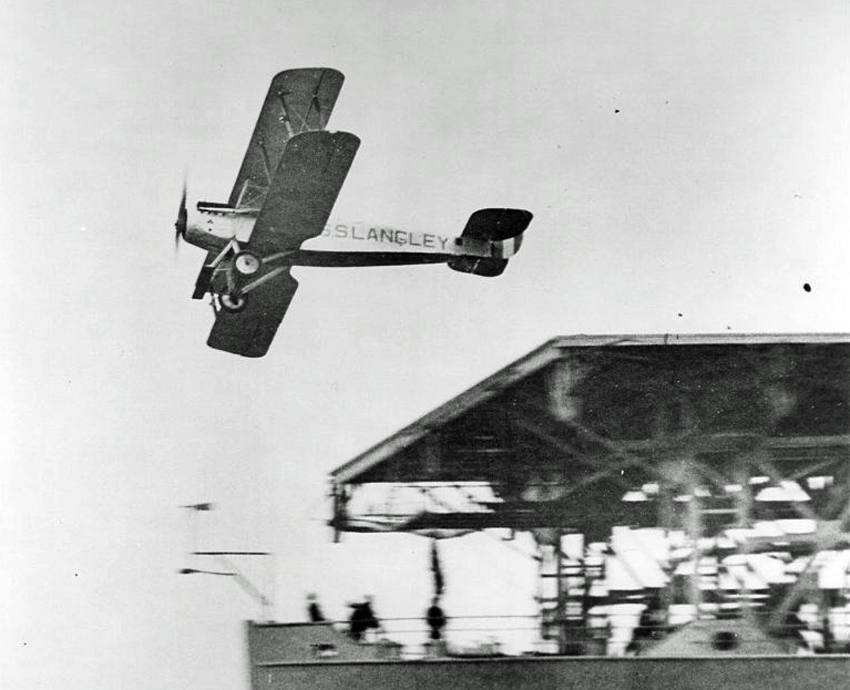
!!! UNKNOWN CONTENT TYPE !!!
!!! UNKNOWN CONTENT TYPE !!!
!!! UNKNOWN CONTENT TYPE !!!
!!! UNKNOWN CONTENT TYPE !!!
!!! UNKNOWN CONTENT TYPE !!!
!!! UNKNOWN CONTENT TYPE !!!
!!! UNKNOWN CONTENT TYPE !!!
If you enjoyed this post, please join in the conversation and let me know. For more posts about aviation, aviation history and aircraft oddities, head over to
Wingspan
.
!!! UNKNOWN CONTENT TYPE !!!

12/06/2017 at 12:54, STARS: 1
Huh. They (maybe) tried launching them off airships too. The caption on Wiki is a little confused, but this is either an UO-1 or a VE-7 on the trapeze beneath the USS Los Angeles (ZR-3).
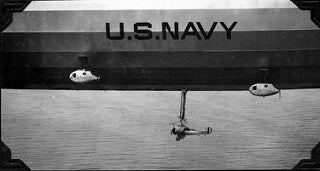
 "ttyymmnn" (ttyymmnn)
"ttyymmnn" (ttyymmnn)
12/06/2017 at 13:02, STARS: 1
I thought about using that picture but 1) it’s not definitely a VE-7, and 2) it’s too small and I couldn’t find a bigger one. I think my next article might be about the Naval Factory TS , the USN’s first purpose-built carrier fighter.
 "TheRealBicycleBuck" (therealbicyclebuck)
"TheRealBicycleBuck" (therealbicyclebuck)
12/06/2017 at 13:07, STARS: 1
They did launch aircraft from dirigibles, but didn’t have as much success catching returning aircraft. One of their dirigible hangars is locates bear Hitchcock, Texas which isn’t far from Galveston. I used to drive by there occasionally. Now it looks like they’ve converted it to a storage facility.
https://goo.gl/maps/a2SkDFn9BWD2
 "Chariotoflove" (chariotoflove)
"Chariotoflove" (chariotoflove)
12/06/2017 at 13:15, STARS: 0
“Squash” seems like an unfortunate nickname for a pilot at first blush.
 "ttyymmnn" (ttyymmnn)
"ttyymmnn" (ttyymmnn)
12/06/2017 at 13:21, STARS: 2
Agreed. Also in the pantheon of regrettable names was the Ryan Fireball , a mixed-propulsion fighter of the early jet era that had a propensity for breaking in half when it landed on the carrier.
 "ttyymmnn" (ttyymmnn)
"ttyymmnn" (ttyymmnn)
12/06/2017 at 13:24, STARS: 2
They gave the idea of parasite fighters a go again during the Cold War, with similar results. Dropping off was easy, re-attaching not so much.
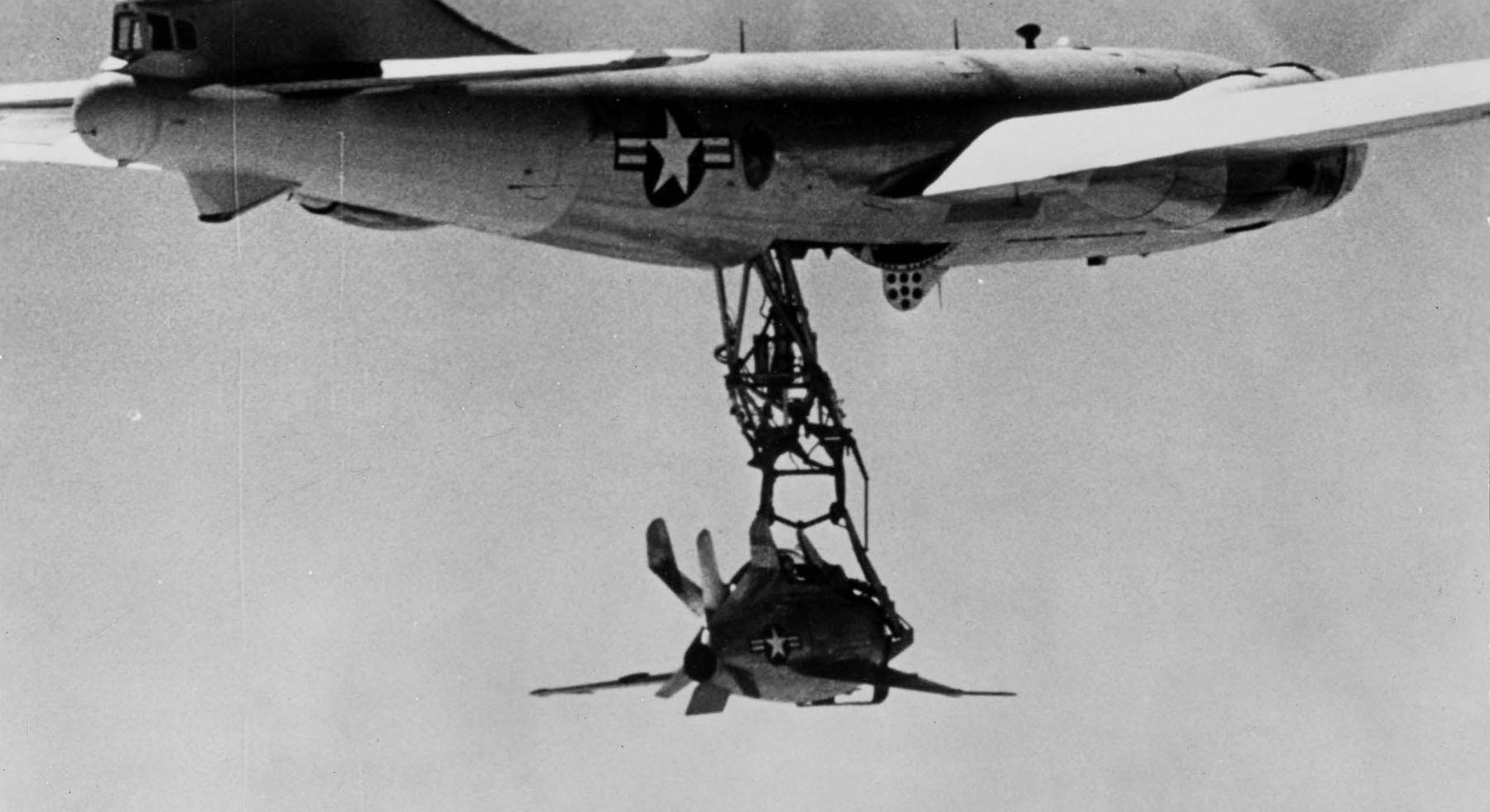

12/06/2017 at 13:35, STARS: 1
Yeah, though they still had more success than the XF-85 and FICON programs of the late 40s and 50s.
 "Chariotoflove" (chariotoflove)
"Chariotoflove" (chariotoflove)
12/06/2017 at 13:57, STARS: 1
Oh my.

12/06/2017 at 16:58, STARS: 1
Then there’s the previously highlighted XP-55 Ascender, which, thanks to its unusual configuration, earned the unfortunate nickname ’Ass-ender’.
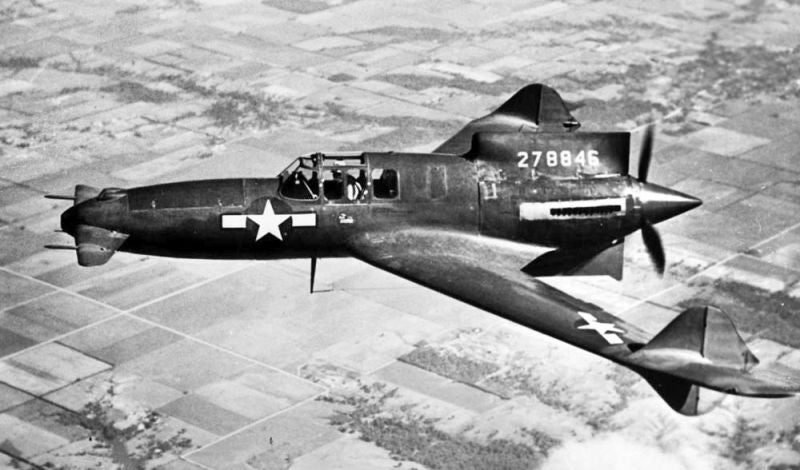
Or the A3D (A-3) Skywarrior , which crews joked stood for “All 3 Dead”, due to its lack of ejection seats.
Or the F7U “Gutless” Cutlass, which suffered from the underpowered nature of early jet engines.
Early jets were called sometimes called ‘blow-jobs’ by crews.
The Grumman EA-6 Prowler was called, well, let’s just say a rather nasty gay slur, by carrier crews, for reasons known only to them.
 "Chariotoflove" (chariotoflove)
"Chariotoflove" (chariotoflove)
12/06/2017 at 22:58, STARS: 0
Alas, some take more creativity than others, but some really deserve it.